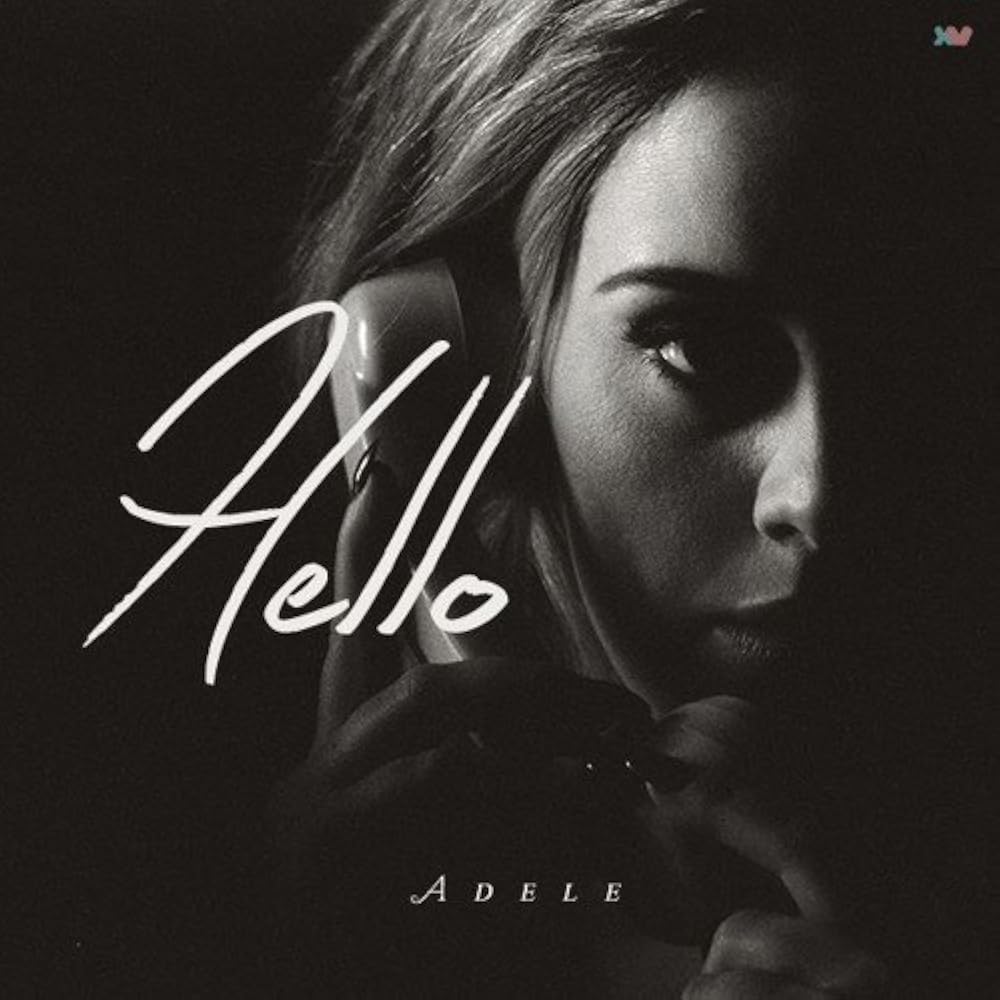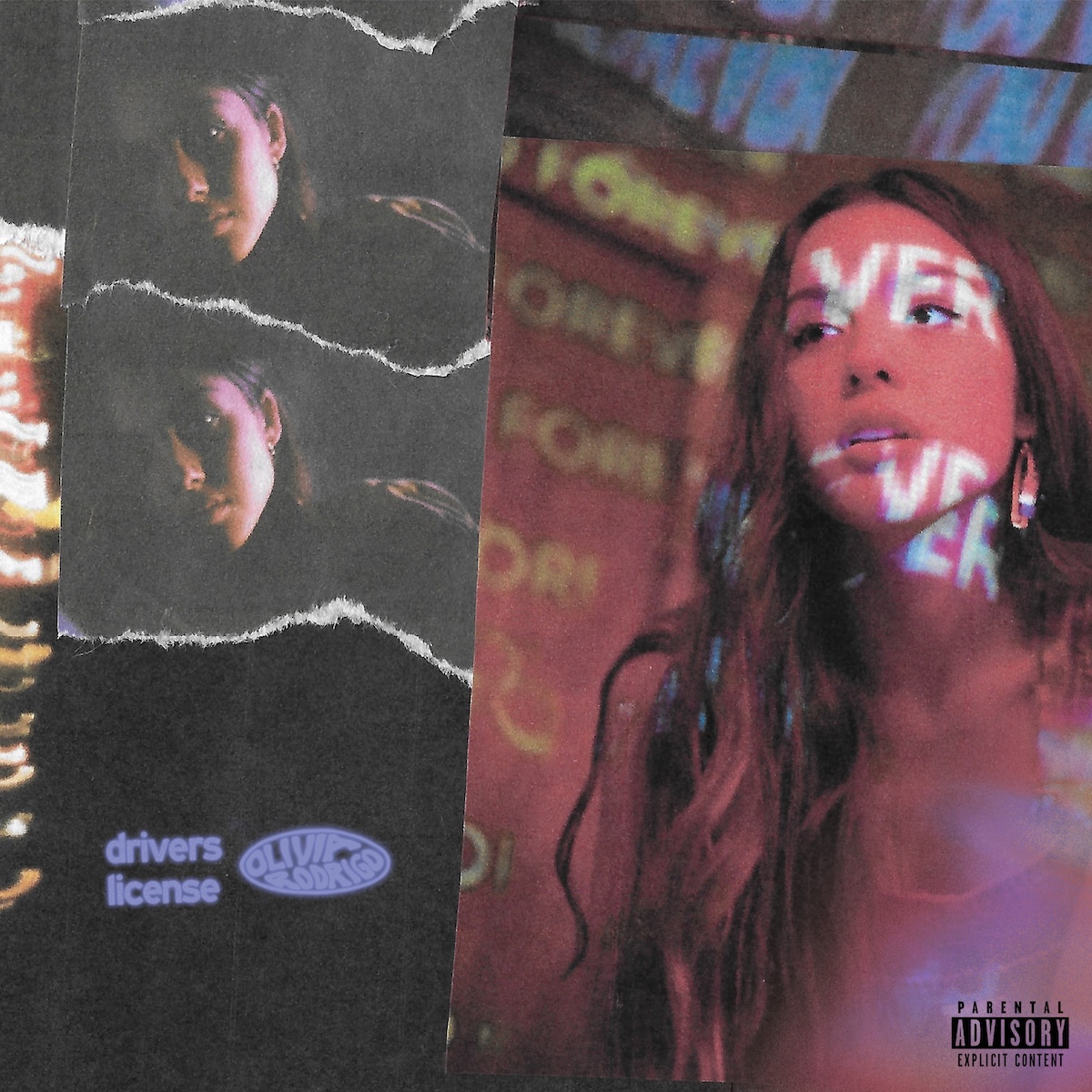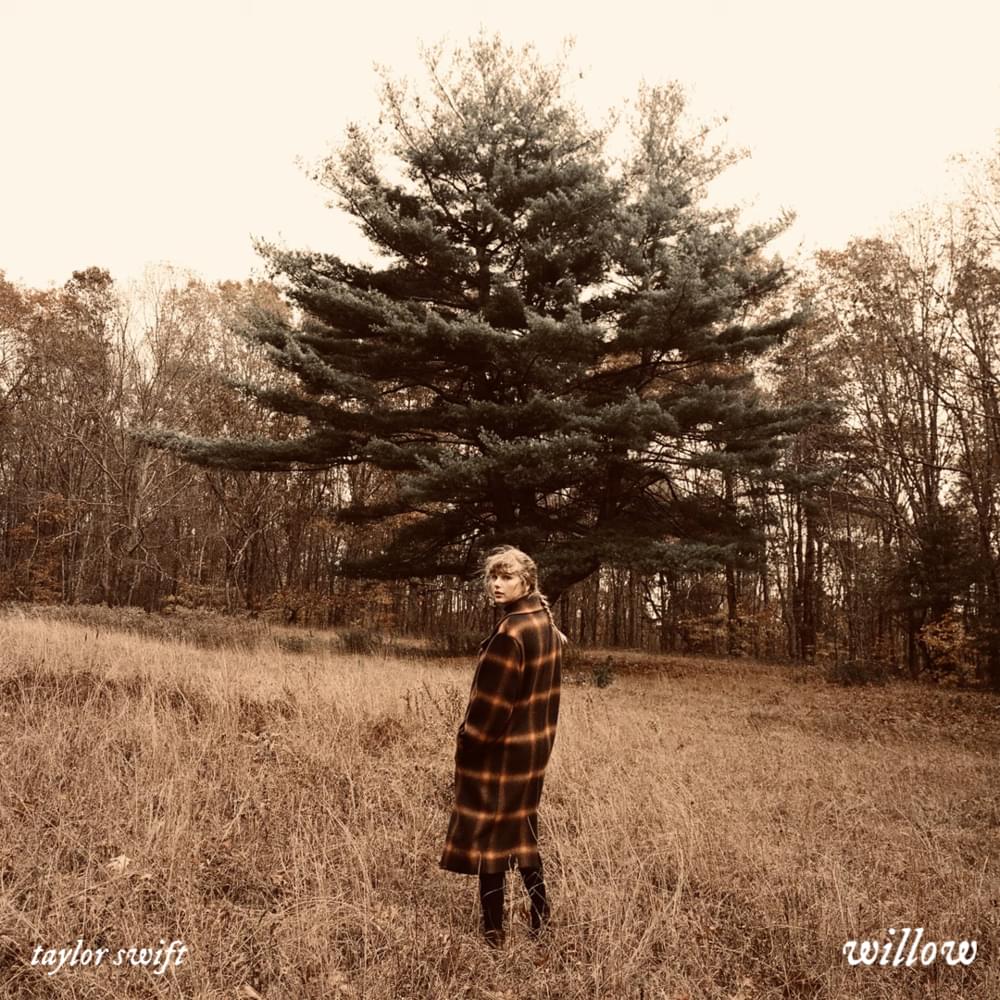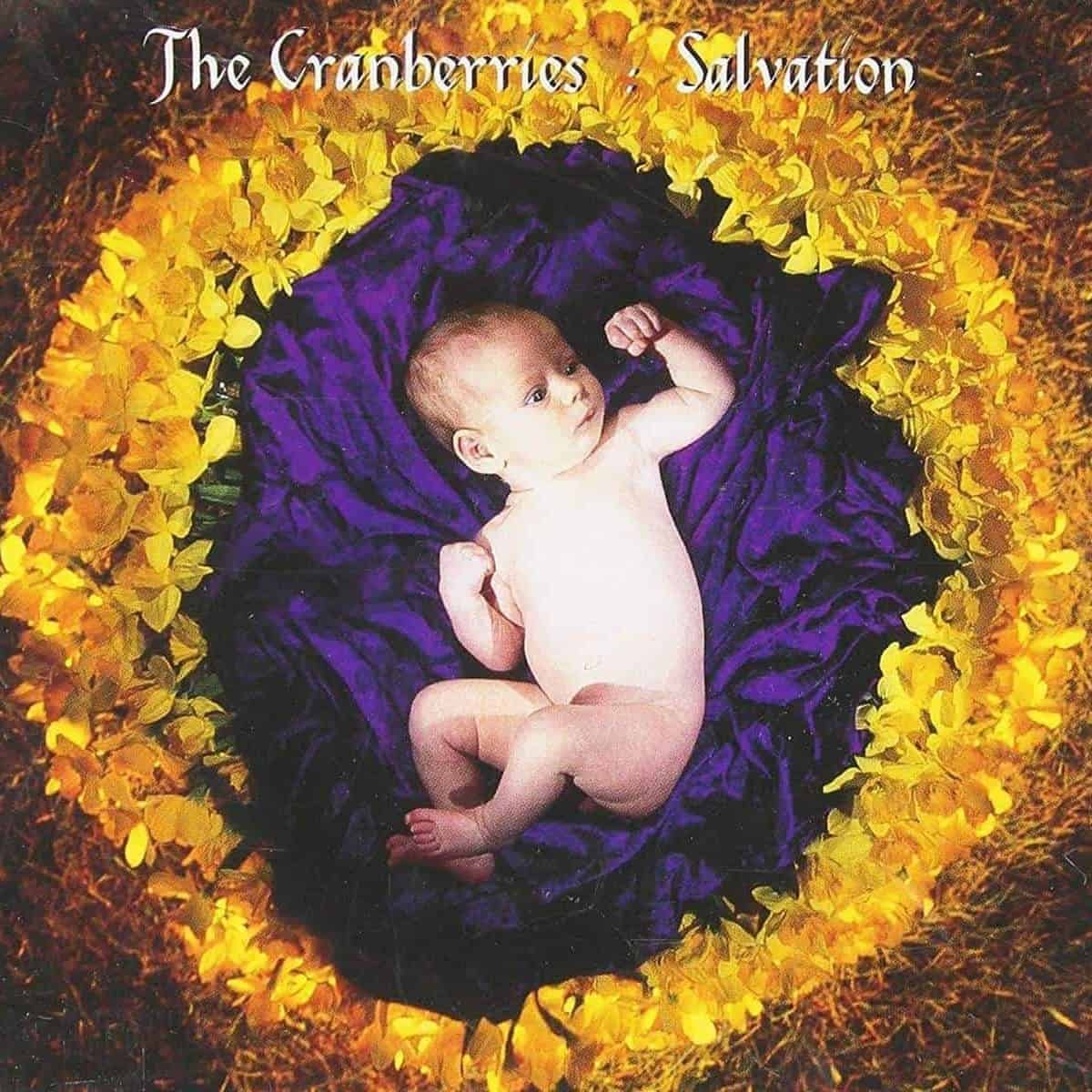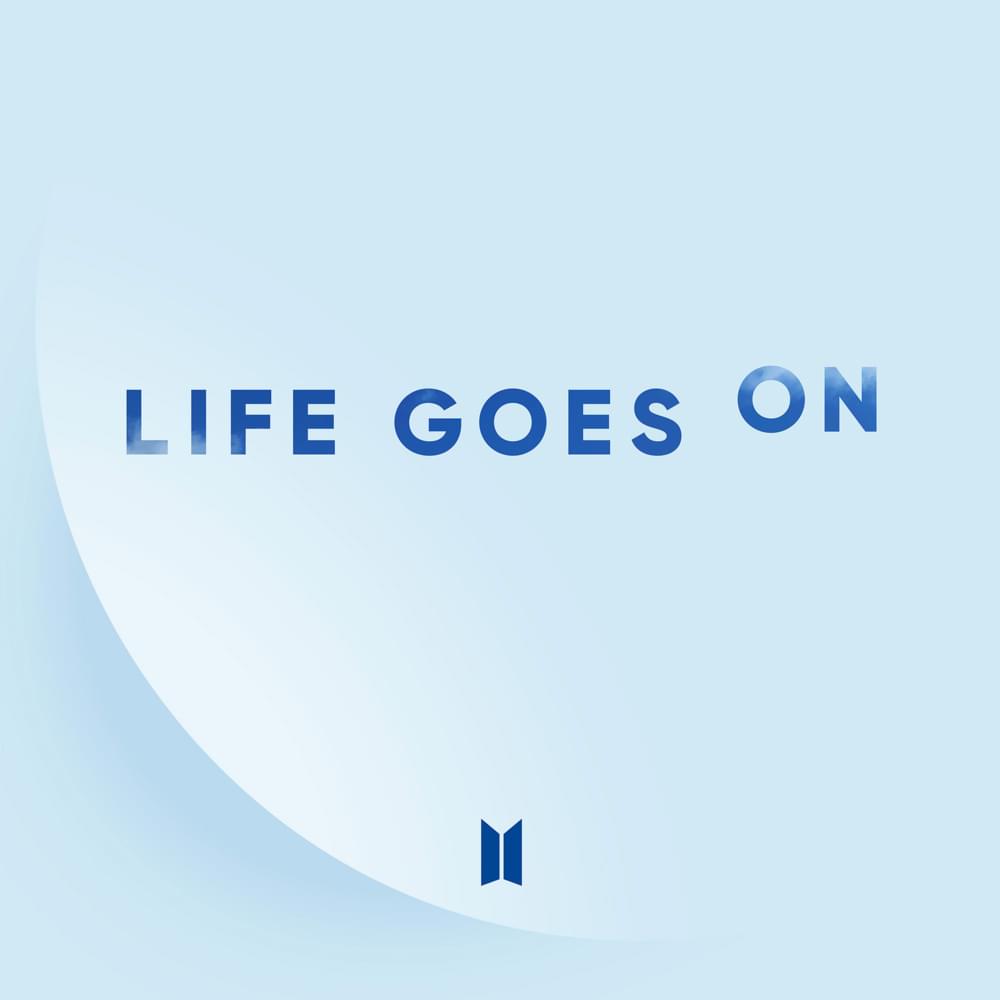November 14, 2015
- STAYED AT #1:10 Weeks
In The Number Ones, I'm reviewing every single #1 single in the history of the Billboard Hot 100, starting with the chart's beginning, in 1958, and working my way up into the present. Book Bonus Beat: The Number Ones: Twenty Chart-Topping Hits That Reveal the History of Pop Music.
"HALLO FRUMM THE OWWWWT-SAAAAAAAHD!" Come on! That's that shit! The first time I heard the thunderous chorus of Adele's big-return single "Hello," I knew that I would continue hearing it for the rest of my life. This was not exactly a shock. In 2015, Adele was in the too-big-to-fail guaranteed-blockbuster zone. Her previous album had done numbers that people thought were impossible in the post-crash music business. When she announced plans to release a new album called 25 in October 2015, pop superstars went scrambling to push their own release dates back. But it's one thing to have a surefire smash on starpower alone, and it's another thing to have a song like "Hello."
"Hello" was pretty much the best-case scenario for an album-launching Adele single. I'm saying that in commercial terms, not artistic ones. "Hello" is not the best song ever written, though I do think it's a very good one. "Hello" is, however, exactly the song that people wanted from Adele. Adele's gargantuan sophomore album 21 pretty much existed on an island. Its success was colossal, but the record didn't work in conversation with anything else that was happening in pop. Adele strikes me as someone who loves some of the more anarchic forms of pop music, who probably spends as much time listening to rap and house as Etta James or Barbra Streisand. Still, you couldn't tell any of that from listening to 21. The album was made with craft and pathos, but even its most uptempo tracks worked in the grand-dame monster-ballad space.
In the years after 21, the music business made a few halfhearted attempts at foisting another Adele on the world; future Number Ones artist Sam Smith was probably the most successful. But it was pretty clear that there would never be another Adele, so all that anyone could do was wait for another album from the actual Adele. "Hello" is prime Adele. It's a vast, heart-squishing, sonically conservative MOR emotion-geyser that could've been a giant hit at pretty much any point in pop history -- for Petula Clark in 1965, Linda Ronstadt in 1975, Heart in 1985, Mariah Carey in 1995, Mariah Carey in 2005. In 2015, "Hello" was exactly what the world wanted from Adele. It was unstoppable.
Adele released 21 at the very beginning of 2011, and that record still had enough juice to send "Set Fire To The Rain" to #1 more than a year later. 21 was the best-selling album in the United States for two years in a row -- the first album since Thriller to achieve that distinction. While the rest of the music business starved, Adele had an album that went diamond in less than two years. It was pretty clear that there were millions of people whose engagement with contemporary pop music started and ended with Adele.
A few years later, those people were hungry. Near the end of 2012, Adele released her James Bond theme "Skyfall," which won an Oscar and peaked at #8. (It's a 6.) After that song: Crickets. Adele went about three years without releasing so much as an on-microphone fart-and-cough, and that hypothetical fart-and-cough probably would've debuted in the top 20 if it existed. Adele didn't want to rush new music. She's an intensely private person who doesn't much like being away from home, so she needed time to relax after the 21 promotional cycle finally died down. She also became a mom; her son was born in 2012. New music would have to wait.
That new music took time. Adele started preliminary work on a new album years before she actually released 25. (She was 27 years old when it finally came out, but she named the album after the age that she was when she started writing the songs.) While she worked on the record, Adele went through intense bouts of writer's block. At one point, she claimed that she wrote an entire album about motherhood but scrapped it because it was "too boring." She had access to any collaborator that she could've possibly wanted, but writing sessions were a struggle. One of Adele's potential collaborators was Sia, an artist who will eventually appear in this column, but Adele decided not to release "Alive," the song that the two of them wrote together. Sia released that one herself a month before "Hello" came out, and it peaked at #56.
Things finally started moving when Adele got together with Greg Kurstin, the former Geggy Tah member and music-business lifer who's already been in this column for his work on Kelly Clarkson's "Stronger (What Doesn't Kill You)." (Kurstin's work will appear in this column again.) Adele got comfortable working with Kurstin, who ended up co-writing and producing three of the songs from 25, including "Hello." When they worked together, the songs started to arrive, but those songs still took their time.
Working on "Hello" with Greg Kurstin, Adele was clear that she didn't just want to write a pop song. Kurstin later said that the two of them talked about storytelling songwriters like Tom Waits, and some people later theorized that "Hello" was specifically inspired by "Martha," a song that Waits released in 1973. When Adele and Kurstin finished an early version of the song that would become "Hello," Adele wasn't satisfied with it. She loved the verses, but she didn't think the chorus was good enough. Kurstin didn't hear anything from her for six months, and then she contacted him to ask for a version of the instrumental track. That's when she came up with the chorus that I quoted at the top of this column. If it took Adele six months to come up with the "Hello" hook, then that was six months well-spent.
On first listen, "Hello" is the same kind of heartbreak song that Adele could've included on 21. But those 21 songs are raw and immediate, written in the immediate aftermath of some real personal devastation. "Hello" is Adele looking back at a heartbreak from a greater distance, thinking bittersweet thoughts about someone from her past. In interviews, Adele insisted that "Hello" wasn't about the same person who'd inspired "Rolling In The Deep" or "Someone Like You." It wasn't about any one person in particular. Instead, it was Adele reaching out through song to people who she thought she'd hurt over the course of her life: friends, family members, teachers, exes, fans, even her own younger self. In practice, though, "Hello" sure sounds like Adele singing about an ex, whether or not it's the same ex from her older songs.
There's a classic dynamic that the world has with singers of heartbreak songs. Former Number Ones artist Mary J. Blige is the prime example: someone so good at conveying stormy and fraught emotional states that she eventually got to thinking that her fans didn't want her to be happy. Adele could've fallen into that trap; she said she was in a much more peaceful place when she made 25. Instead, she neatly sidestepped the issue. By reflecting on her past in ways that evoked the fiery heartbreak songs that made her famous, Adele was able to access past emotions and give her public what it wanted.
Part of the magic trick of "Hello" is that it starts off with Adele sounding calm and composed. Hello. It's her. She was wondering if after all these years you'd like to meet. Her voice has a slight quaver in its bottom end, and you can hear her gathering herself up to say some things that have been rattling around in her head for a long time. She's plain and resolute, with nothing underneath her voice but a muted piano. When the chorus arrives, though, the drama comes flooding in. She can't stop herself from feeling those old feelings, and she can't stop the song from welling up into lighters-up power-ballad territory. The classic quiet-to-loud structure forms the song's emotional spine, mirroring Adele's struggle to beat back emotions that refuse to stay bottled.
If you were inclined, you could really analyze Adele's "Hello" character; her delivery practically demands it. On "Hello," Adele's narrator wants to be mature, just as she did on "Someone Like You." After years of silence, she wants to talk to this person who was once a huge part of her life. She says that she hopes this person is well. She apologizes for talking about herself. She pretends to idly wonder whether this person has broken out of that town where nothing ever happened. But then those big piano chords come crashing in, and anger and anguish and regret erupt out of her.
Adele's character desperately wants to apologize for breaking this person's heart, but then she seems utterly obliterated at the idea that this person might be just fine without her. The way she bites down on the word "clearly" gives it all away. On some level, she feels betrayed that this person has continued to exist without her -- volume upon volume of mess and pettiness written into the subtext of a song that presents as a mature, classicist ballad.
Adele sings the motherfuck out of "Hello." This is her great gift. The writing on "Hello" is pretty minimal; it uses far fewer words than the average hit of its era. But Adele invests those words with oceans of feeling, delivering a towering melody with convulsive force. The "Hello" chorus is catchy enough to work as an earworm, but its power depends on its drama. It's like "My Heart Will Go On": You hear "Hello," and you practically become a diva. I can't not sing along with "Hello," even if my best Adele impersonation is a grating and tuneless screech. From the moment that it came into existence, "Hello" was destined to be abused by generations of karaoke singers.
Like "Someone Like You" before it, "Hello" is essentially a two-person job. Greg Kurstin produced the track, and he co-wrote it with Adele. There's not too much instrumentation. Other than Adele's voice, Kurstin's piano is the most prominent musical element throughout. At the raging climax, we can also hear drums and guitars, with a chorus of multi-tracked Adeles cooing in the background. But those other sounds are blurry and indistinct -- coated in heavy reverb, as if to keep the spotlight on Adele's voice, where it belongs. Greg Kurstin played pretty much every instrument on the track: Piano, guitar, bass, drums. Emile Haynie, who's been in this column for co-producing Bruno Mars' "Locked Out Of Heaven," is credited with "additional instrumentation," whatever that means. Apparently, the track also features Adele on drums, which is fun to picture.
The world could smell "Hello" coming. A few days before its release, 30 seconds of "Hello" aired in a TV commercial on the British X Factor. Then the video arrived. Adele shot the sepia-toned "Hello" clip outside of Montreal. Canadian indie filmmaker Xavier Dolan directed it, and Tristan Wilds, the former child actor who played Michael on the last two seasons of The Wire, appears as Adele's ex in flashbacks. (We hear their improvised dialog just underneath the song, like it's an explosion in a Puff Daddy video. I always thought that was a pretentious music-video affectation. Let the song play!) The "Hello" video is pretty boring, but there's enough visually memorable stuff in there -- the flip phone, Adele's fur coat blowing in the wind -- that it still worked as meme fodder.
In any case, the release of "Hello" was a giant event in a post-monoculture age. The video got almost 28 million views in its first 24 hours, setting a new record for YouTube. (It's got more than three billion views now.) "Hello" became the first single to sell more than a million downloads in its first week. Virtually every radio format threw the song into heavy rotation. Even at R&B radio, "Hello" made it to #10 -- Adele's highest-ever position on that chart -- thanks in part to an endearingly ridiculous remix that Rick Ross posted online. I truly love the idea of Ross hearing "Hello" and thinking that it really needed him rapping about "tears fall all the way to the south of France, poverty line hang lower than my pants." It's the same goofball favor that Ross did for Lorde's "Royals." (Rick Ross’ highest-charting lead-artist single, the 2008 T-Pain collab “The Boss,” peaked at #17. Ross also reached #3 as a guest on his current adversary Drake’s 2021 track “Lemon Pepper Freestyle." That one is a 6.)
There was never any question whether "Hello' would debut at #1, and the same was true of the 25 album. But even after all the success of Adele's previous record, it was still astonishing to see the kinds of numbers that 25 put up. In its first week, 25 sold about 3.5 million copies in the US alone, easily shattering the record that former Number Ones artists *NSYNC set with No Strings Attached 15 years earlier. *NSYNC sold all those records at the peak of the CD era. Adele managed it at a time when that seemed simply unthinkable. Adele made the smart decision to keep 25 off of streaming services initially, so people had to actually buy the album to hear it. That probably inflated those numbers, but there's no easy way to explain how huge 25 was. Since 2015, we haven't seen another album dominate like that. I don't know if the conditions will ever be right for another all-consuming blockbuster on that level.
For all the noise that greeted its arrival, I thought 25 was merely a pretty good record -- a slick and well-made collection of MOR ballads, not an undeniable work of populist genius like, for instance, the aforementioned Thriller. Adele's collaborators on 25 were mostly music-biz professionals who knew how to make her kind of adult-contempo jams: Ryan Tedder, Danger Mouse, Bruno Mars and his Smeezingtons. 25 is a perfectly pleasant piece of work, but I couldn't get too excited about it.
Beyond "Hello," the album didn't exactly run wild on the Hot 100. Adele co-wrote second single "When We Were Young" with Tobias Jesso Jr., an indie singer-songwriter who immediately joined the ranks of for-hire pros, and she recorded it with Ariel Rechtshaid, the hipster-champion producer who's been in this column for working on Plain White T's' "Hey There Delilah." "When We Were Young" is a nice song, and I thought it was about to be huge, but maybe "Hello" sucked up all the oxygen in the room. Rather than a music video, Adele promoted "When We Were Young" with a clip where she sings it live in studio and really hammers the climactic vocal run. In any case, the song peaked at #14.
25 only sent one more single into the top 10, and the story of its creation says a lot about Adele's relationship to pop music. While they were working together, Adele went out to lunch with her old collaborator Ryan Tedder. The restaurant was playing Taylor Swift's #2 hit "I Knew You Were Trouble." (It's an 8.) Adele liked the song, but she'd never heard it, and she didn't know anything about Swift. She'd also never heard of its producers Max Martin and Shellback, two of the most successful hitmakers in history. Adele decided that maybe she'd like to work with Max Martin, and I'm sure the mere possibility of that collaboration had record-label execs sketching out designs for their Scrooge McDuck money banks.
Adele only made one track with Max Martin and Shellback, and it was a reworked version of a song that she'd first written when she was 13. The result is the brightest, most upbeat song on 25, and it's also one of the least maximalist tracks on Max Martin's resume. Considering its pedigree, "Send My Love (To Your New Lover)" should've been even bigger than "Hello," but the song merely did fine, peaking at #8. (It's an 8.)
Whereas Adele's 21 sent three singles to #1, 25 was pretty much a one-hit affair. Still, that one hit was enough. 25 went diamond in less than a year. Like 21 before it, 25 was the biggest-selling in America for two years in a row. The album put up similar numbers in the UK. In summer 2016, Adele headlined Glastonbury, the festival that she'd attended as a kid. She opened her set with "Hello," and the song got a massive singalong that left Adele visibly moved.
Adele toured the world behind 25, and she hasn't toured again since then. In 2017, she performed at the Grammys, opening the show with "Hello" and then paying tribute to George Michael, who'd died two months earlier, with a "Fastlove" cover that she insisted on restarting. That night, Adele once again swept the big awards. "Hello" won both Record Of The Year and Song Of The Year, and Adele seemed genuinely humiliated when 25 beat Beyoncé's Lemonade in the Album Of The Year category.
After the 25 album cycle wound down, Adele disappeared again. She's still a reluctant megastar -- not the type to pop up on other artists' tracks or to make constant tabloid noise. Whenever Adele makes another record, there's an unspoken message that it might be her last one, that she might quit the music-business grind and vanish to enjoy the ridiculous amounts of money that she's earned. But Adele wasn't done after 25. We'll see her in this column again.
GRADE: 9/10
We rely on reader subscriptions to deliver articles like the one you're reading. Become a member and help support independent media!
BONUS BEATS: As you might imagine, a gang of former Number Ones artists have covered "Hello" over the years: Gladys Knight, Johnny Mathis, Céline Dion, Avril Lavigne There's a Joe version. Joe was like, "Good song, but it needs that Joe magic." I could've put any of those covers in this space, but I'd rather use a "Hello" cover from a future Number Ones artist. Here's the version that little baby Sabrina Carpenter posted on YouTube in 2015:
BONUS BONUS BEATS: Shortly after the song's release, Adele sang "Hello" on Saturday Night Live. In a world-historical suckup move, the show also aired a Thanksgiving-themed sketch where a bunch of argumentative family members -- including guest host Matthew McConaughey, mid-McConaissance -- only settle down and stop fighting when they hear "Hello." That was on the same episode where Adele performed! Naturally, the sketch turned into a parody of the "Hello" video. Here it is:
BONUS BONUS BONUS BEATS: In another 2015 network-TV parody of the "Hello" video, Miss Piggy staged her own version to promote whatever Muppets show ABC had on the air at the time. It would've been better if it was Frank Oz singing the song in the Piggy voice, but maybe he couldn't hit those notes. Here it is:
https://youtube.com/watch?v=Vrsfbscg-kQ
BONUS BONUS BONUS BONUS BEATS: I really like the unauthorized "Hello" remix that the LA dance duo DJDS released in 2015. Here it is:
BONUS BONUS BONUS BONUS BONUS BEATS: The experimental R&B singer Dawn Richard also released a really cool slinky version of "Hello" in 2015. Here's her cover:
(Dawn Richard doesn't have any Hot 100 hits as a solo artist, but she made the charts a few times as a member of the groups Danity Kane and Diddy-Dirty Money. The highest-charting of those singles, Danity Kane's Yung Joc collab "Show Stopper," peaked at #8 in 2006. It's a 6.)
The Number Ones: Twenty Chart-Topping Hits That Reveal The History Of Pop Music is out now on paperback via Hachette Books. Hello. It's me. I was wondering if after all these years you'd like to buy the book.
